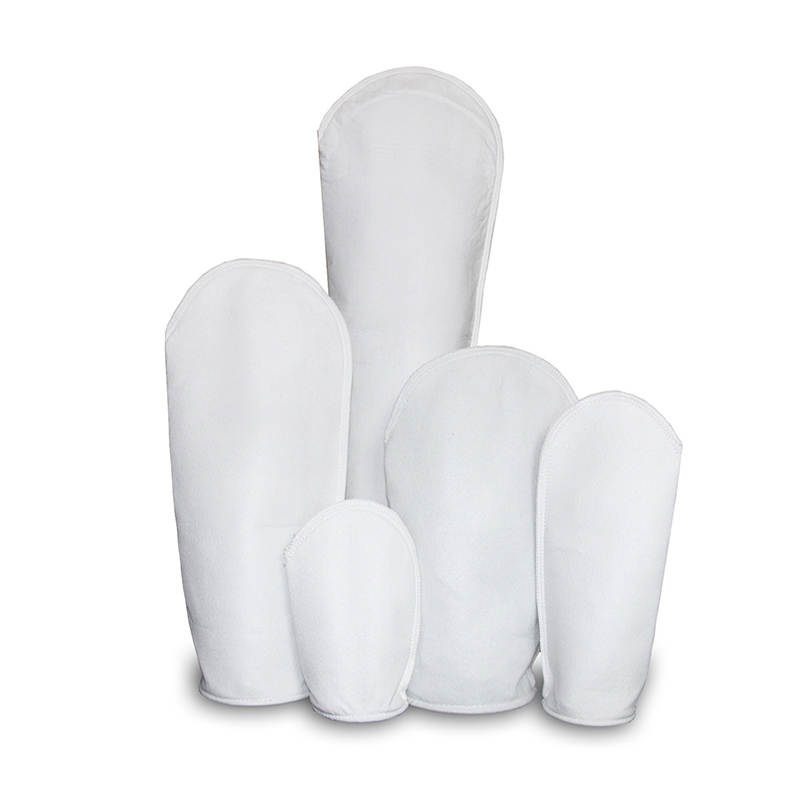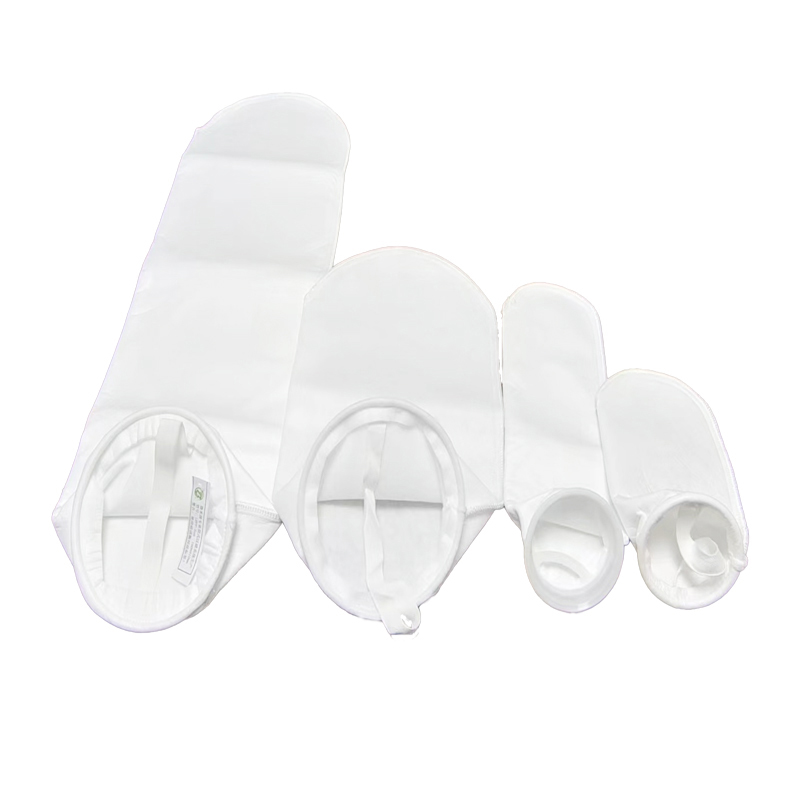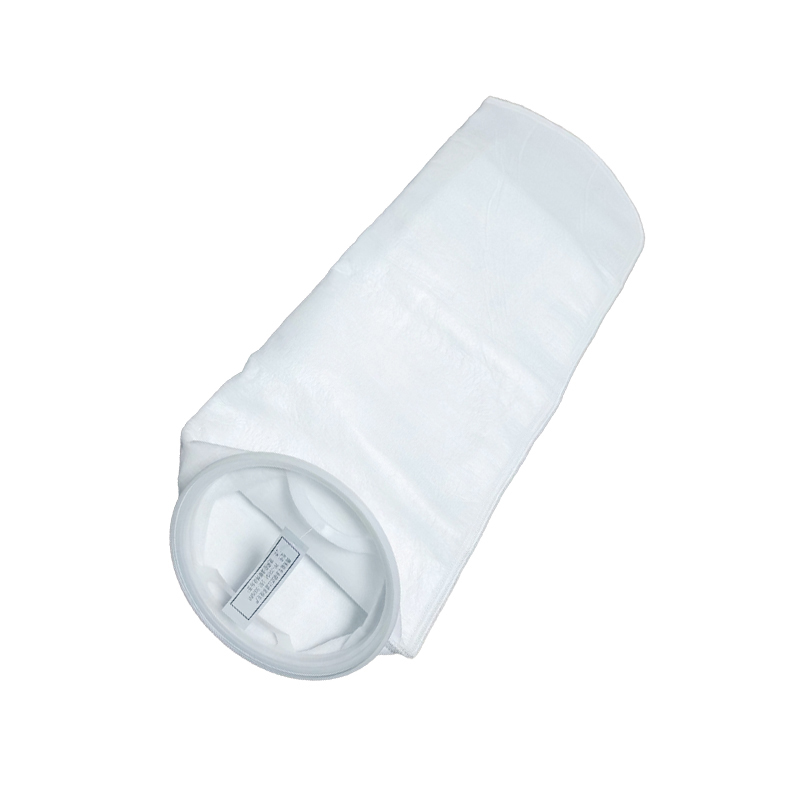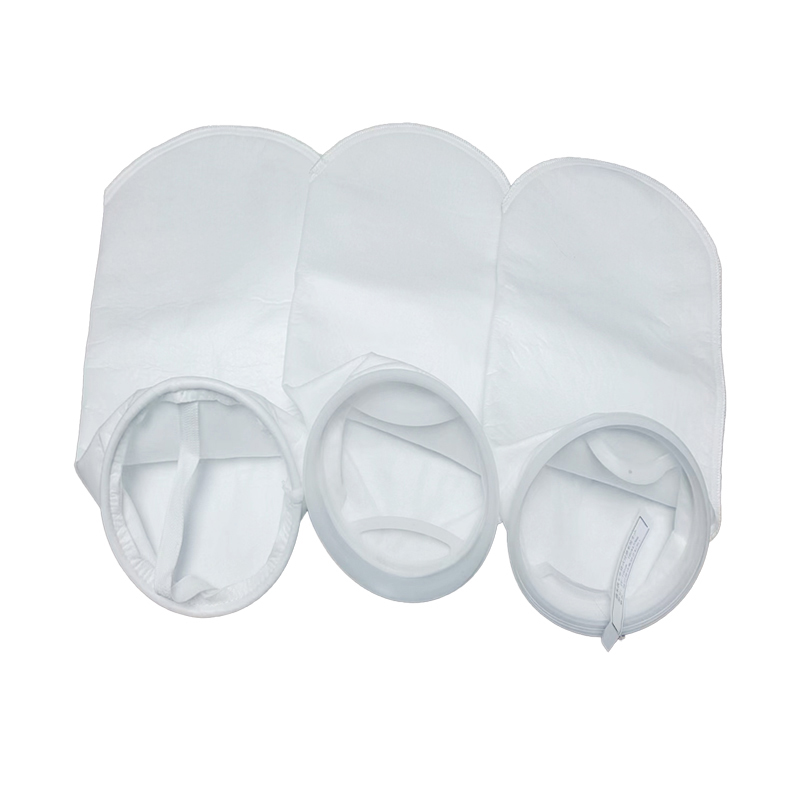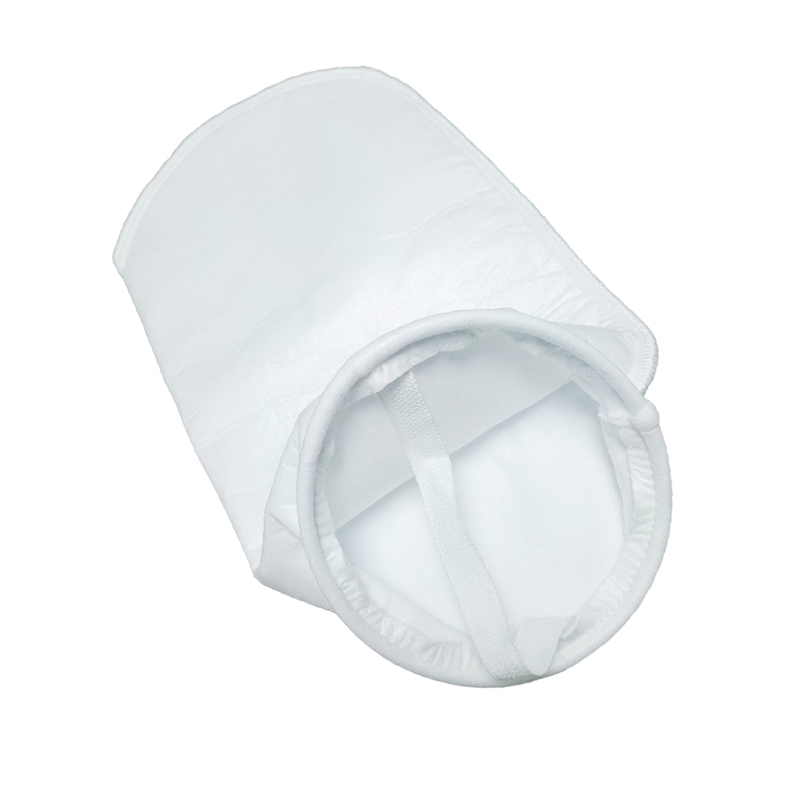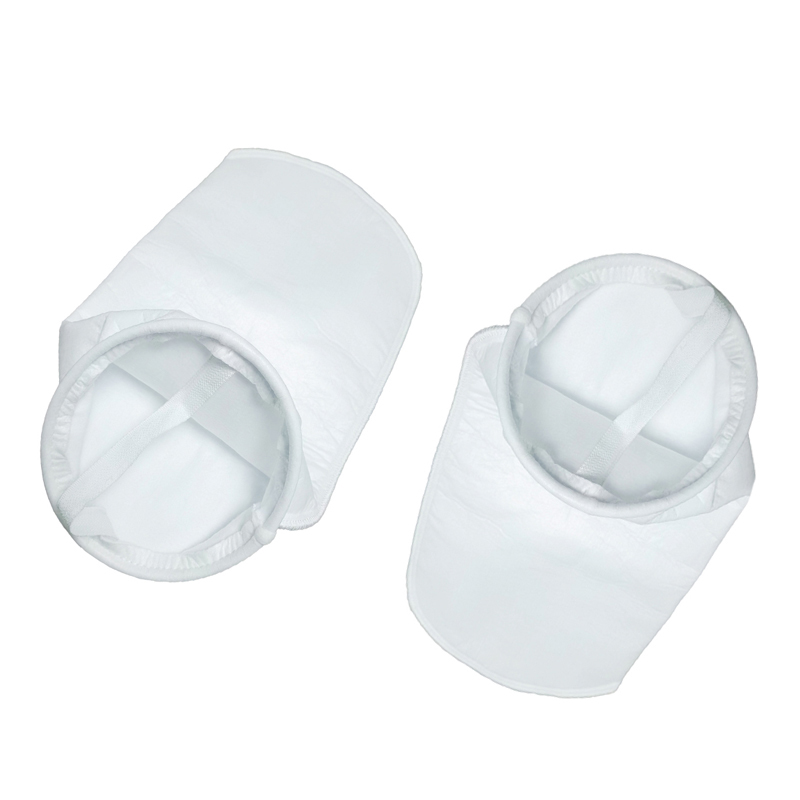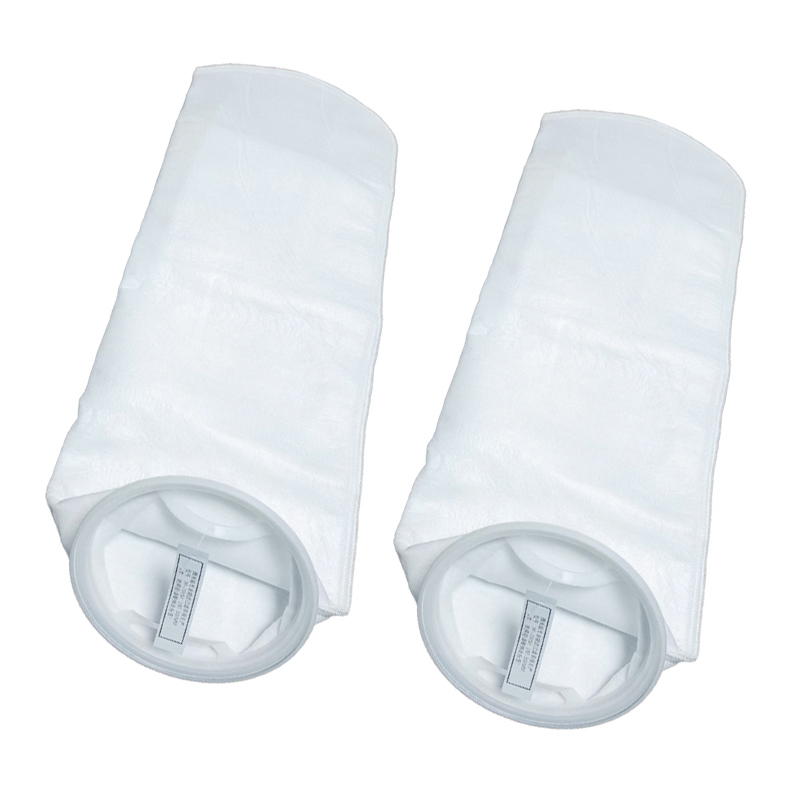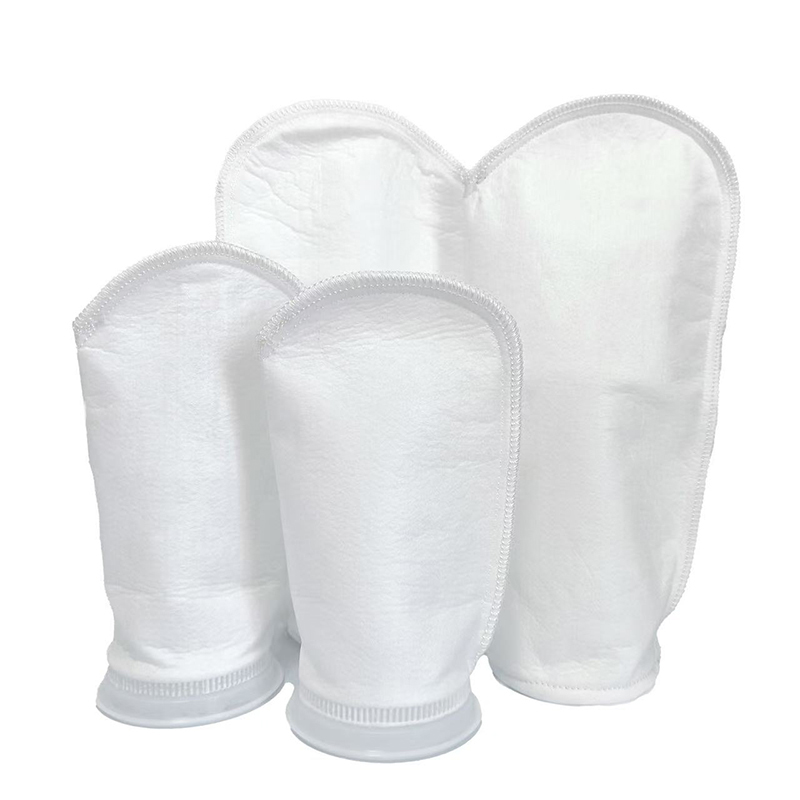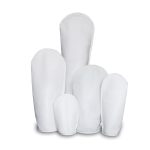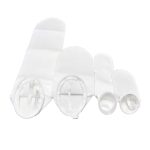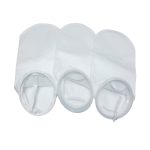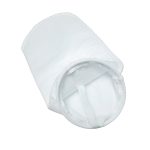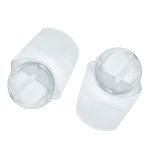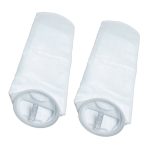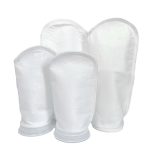BasideWT- Whole Home Water Filtration System & Replacement

PTFE & Polyester Felt Filter Bags – 1-300 Micron, 4″-7″ Ring (Food-Grade, Industrial, Aquarium)
PRODUCT PARAMETERS
- Product Name: Polyester Felt Filter Bags
- Size: 7'' 4''
- Top Ring Styles: PP Ring, Galvanize O-Ring,SUS O-Ring
- Temperature Limitations: 149 °C (300 °F)
- Filter Fineness: 1, 5, 10, 25, 50,100,200,300µm
- Seam: Sewing,Welded
- Application: Chemical industry. Water treatment, Papermaking, Automobile industry, petroleum, Machining, Coating, electronic etc.
- Packing: Standard Exportation Package
What Are Polyester Felt Filter Bags & Why Do They Matter?
Polyester felt filter bags are a high-efficiency filtration solution used in industries like food processing, chemicals, and aquariums. Unlike standard mesh filters, they offer 1-200 micron precision, capturing fine particles while maintaining airflow.
Key benefits:
✔ Chemical resistance (ideal for PTFE-coated versions),Reusable & durable (lasts 2-3x longer than nylon), Food-grade safety (FDA-compliant options available)
Fun fact: A 2024 study by [Filter Media Research Group] found that polyester felt bags reduce clogging by 37% compared to polypropylene alternatives.
Polyester Felt vs. Other Filter Media (Comparison Table)
Not all filter bags are equal. Below, we compare polyester felt filter bags with common alternatives:
| Fabric | Animal,Vegetable and Petro Oils | Alkalis | Organic Acids | Oxidizing Agents | Mineral Acids | Temperature Limitations (maximum degrees) |
|---|---|---|---|---|---|---|
| Polyester | Excellent | Good | Good | Good | Good | 149 °C (300 °F) |
| Polypropylene | Excellent | Excellent | Excellent | Good | Good | 93 °C (200 °F) |
| Nylon | Excellent | Good | Fair | Poor | Poor | 163 °C (325 °F) |
Our 2025 case study revealed that food manufacturers saved 18% on replacements after switching to polyester felt.
Polyester Felt filter Bags Size And Liquid Flow Rate
| Size | Diameter | Length | Filtration Surface Area (m2/h) | Flow Rate(m2) |
| 1# (7″ x 17″) Filter Bag | 7” | 17” | 0.25 | 20 |
| 2# (7″ x 32″) Filter Bag | 7” | 32” | 0.5 | 40 |
| 3# (4″ x 9″) Filter Bag | 4” | 9” | 0.09 | 6 |
| 4# (4″ x 15″) Filter Bag | 4” | 15” | 0.16 | 12 |
How to Choose the Right Polyester Felt Filter Bag
Determine Micron Rating
Match the micron level (e.g., 200-micron for aquarium sumps, 10-micron for edible oil).
Check Ring Size
Common sizes: 4″ ring (aquariums) vs. 7″ ring (industrial).
Verify Material Safety
For food/pharma, ensure FDA or EU 10/2011 compliance.
Assess Flow Rate
Higher flow = lower pressure drop. Test before bulk purchase!
Compare Lifespan
Polyester lasts 6-12 months; PTFE-coated versions extend durability.
⚠ Warning: Avoid cheap “no-name” brands—they often shed fibers!
Common Mistakes When Using Filter Bags (And Fixes)
❌ Mistake 1: Overloading bags → Solution: Replace at 80% capacity.Mistake 2: Ignoring chemical compatibility → Solution: Always check pH resistance charts. Mistake 3: Reusing damaged bags → Fix: Inspect for tears/clogging weekly.
Interestingly, 40% of industrial filter failures (per [Filtration Journal, 2023]) stem from improper cleaning.
Real-World Applications of Polyester Felt Filter Bags
Case 1 – Aquarium Sump Filtration
A 7″ x 17.7″ polyester felt bag (200-micron) traps debris without harming coral.
Case 2 – Edible Oil Refining
1-micron PTFE-coated polyester bags remove impurities while meeting food safety standards.
Case 3 – Wastewater Treatment
Municipal plants use 10-micron bags to filter sludge efficiently.
Checklist for Buying Polyester Felt Filter Bags
✅ Micron rating (1-200),Ring diameter (4″–7″),Material (PTFE-coated for chemicals), Flow rate (test samples first)
FAQs
Choosing the perfect water treatment system depends on your specific water quality, household size, and needs. We make it easy with our 3-step process:
Water quality testing – analyze your water for contaminants, hardness, and other factors.
Personalized Consultation – Our experts recommend systems based on your results, budget, and water usage.
Customized Solution – From whole-house filtration to targeted solutions (e.g., RO for drinking water, softeners for hard water), we tailor the system to your home.
To determine your water flow rate in gallons per minute (GPM), follow these simple steps:
Prepare for Testing:
- Prepare for Testing:
- Ensure all water fixtures in your home are turned off
- Select the faucet closest to your main water supply line (usually the kitchen sink or an outdoor spigot)
- Conduct the Test:
- Fully open the selected faucet
- Time how many seconds it takes to fill a 1-gallon container
- Repeat the test 2-3 times for accuracy
- Calculate Your Flow Rate:
Use this formula: Flow Rate (GPM) = 60 ÷ Fill Time (seconds)Example Calculation:- If your 1-gallon container fills in 15 seconds
- 60 ÷ 15 = 4 GPM
For more precise measurements or whole-home flow rate analysis, contact our water system specialists. We can help you determine if your current flow rate meets the requirements for any water treatment systems you’re considering.
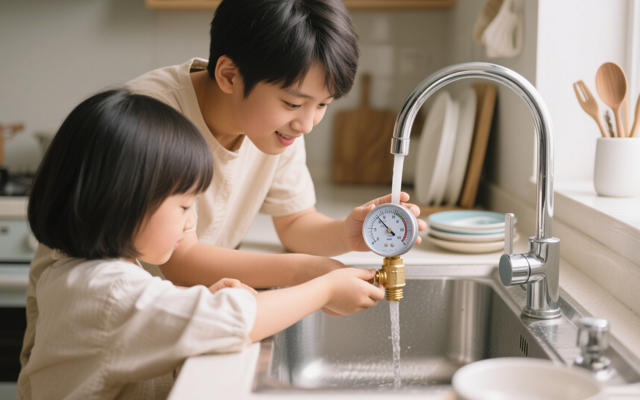
1. Check Multiple Fixtures
Test water pressure at different faucets, showers, and appliances (e.g., kitchen sink, bathroom sink, outdoor hose).
If only one fixture has low pressure, the problem is likely localized (clogged aerator, faulty valve, or pipe issue).
If all fixtures have low pressure, the issue is systemic (main supply, pressure regulator, or water heater).
2. Inspect the Aerator or Showerhead
Unscrew the faucet aerator or showerhead and check for mineral deposits, debris, or rust.
Soak it in vinegar overnight to dissolve buildup, then rinse and reattach.
3. Check the Main Shutoff Valve
Locate the main water shutoff valve (usually near the water meter or where the main line enters the house).
Ensure it’s fully open (turn clockwise to close, counterclockwise to open).
1. Activated Carbon Filters
- Removes:
✅ Chlorine & chloramines
✅ Bad tastes & odors (e.g., sulfur)
✅ Volatile Organic Compounds (VOCs)
✅ Some pesticides & herbicides
❌ Does not remove heavy metals, dissolved minerals, or microbes
2. Reverse Osmosis (RO) Systems
- Removes:
✅ Heavy metals (lead, arsenic, mercury, cadmium)
✅ Dissolved salts (fluoride, nitrates, sulfates)
✅ Microplastics & sediment
✅ Bacteria & viruses (if combined with UV)
✅ Chlorine & chemicals (with carbon pre-filter)
❌ May remove beneficial minerals (can be remineralized)
3. Water Softeners (Ion Exchange)
- Targets:
✅ Calcium & magnesium (hardness)
✅ Low levels of iron & manganese
❌ Does not remove bacteria, chlorine, or heavy metals
4. UV Purifiers
- Kills:
✅ Bacteria (E. coli, coliform)
✅ Viruses (rotavirus, hepatitis)
✅ Protozoa (Giardia, Cryptosporidium)
❌ Does not remove chemicals, metals, or sediment
5. Sediment Filters
- Removes:
✅ Sand, rust, dirt
✅ Large particles & silt
❌ Does not remove dissolved contaminants
6. Whole-House Filtration Systems
Combines multiple methods (carbon + sediment + UV) for broad protection.
- UV: Kills bacteria/viruses but doesn’t remove chemicals or particles.
- RO (Reverse Osmosis): Removes 95–99% of contaminants (heavy metals, dissolved salts) but requires electricity.
- Activated Carbon: Absorbs chlorine, odors, and organic compounds—ideal for pre-filtration.
REQUEST A QUOTE
RELATED PRODUCTS
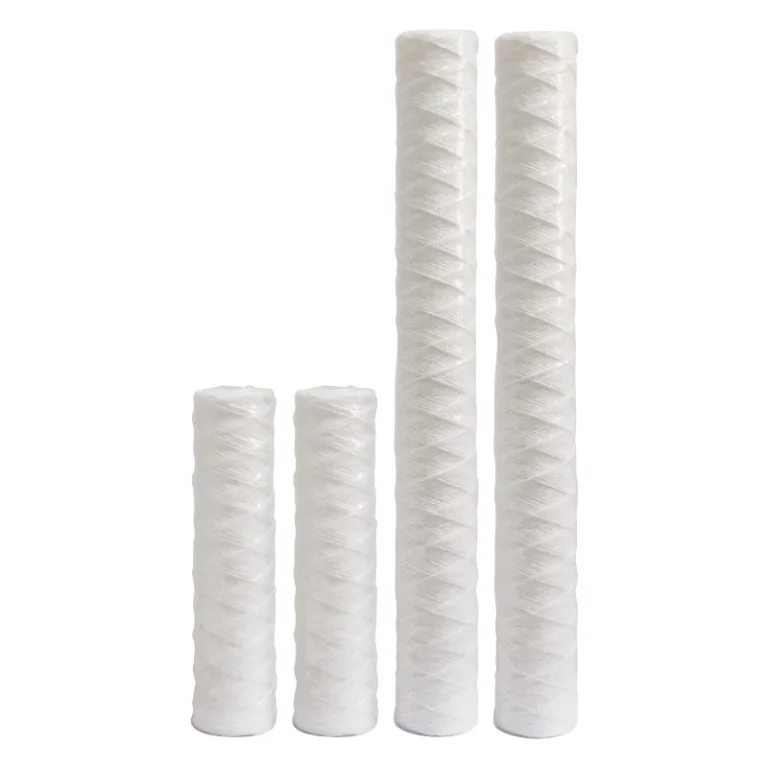
5 Micron 20” Whole House String Wound Water Filter Replacement Cartridge for Well Water Filtration
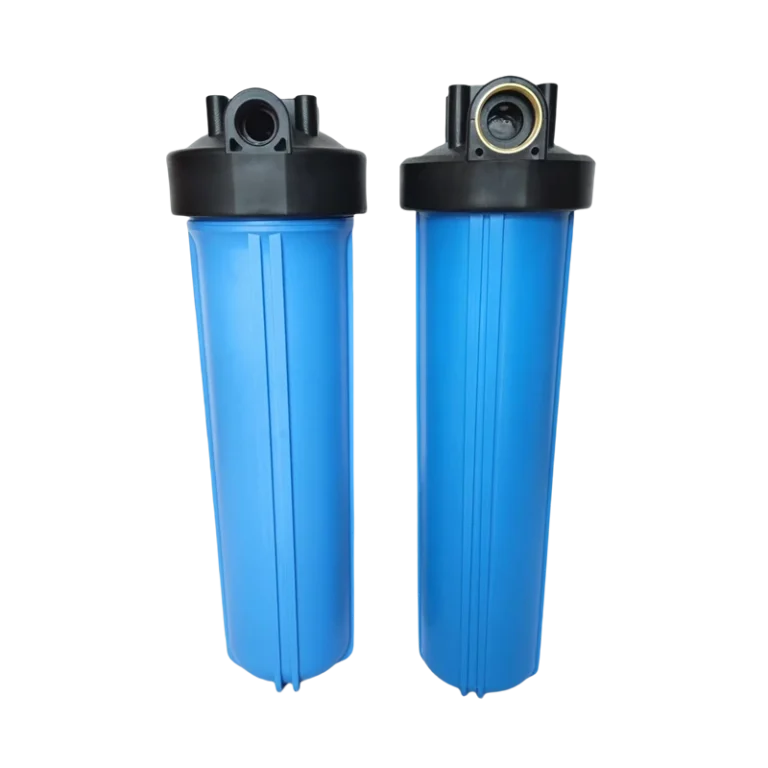
BasideWT Whole House Water Filter Housing Blue Color – Fit for 4.5″ x 20″ Filters – NPT Brass Port 1″ 1.5″Inlet/Outlet 20BB
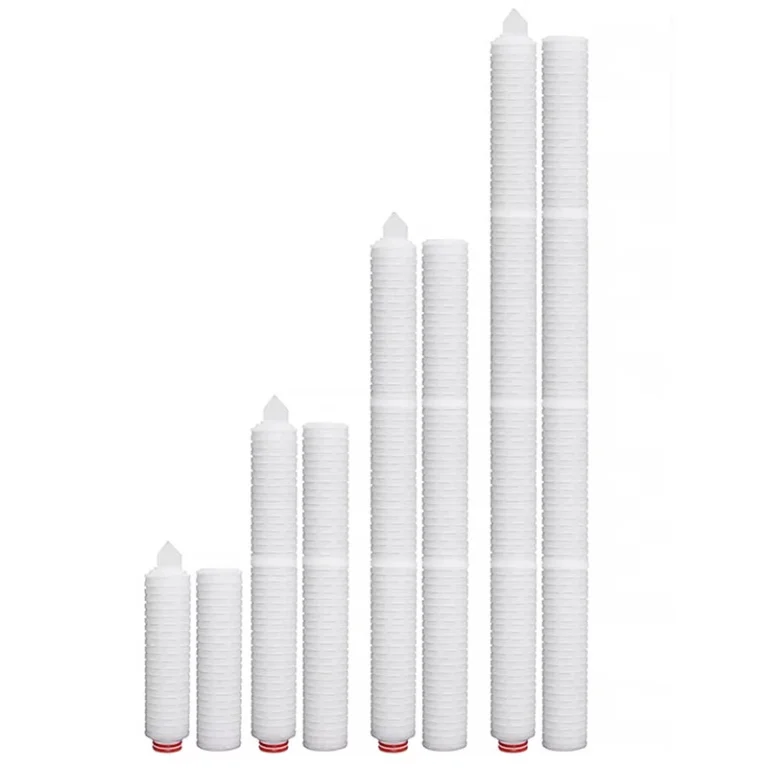
10” 20” 30” 40” PP Pleated Water Filter Cartridge 20 Micron 0.2 Micron 0.5 Micron Cartridge Filter For Ro Plant
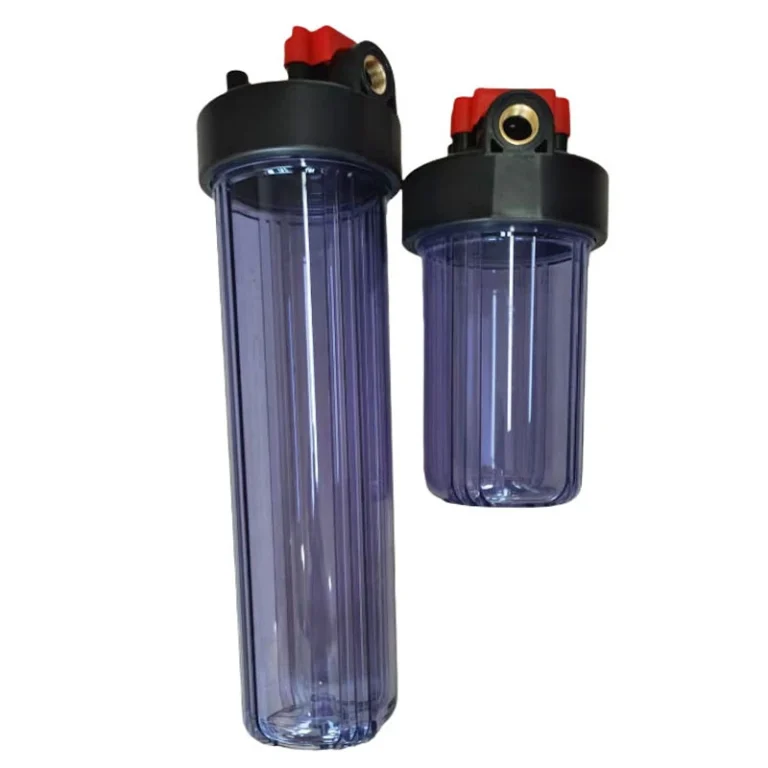
Whole House 10” 20” Purple Clear Water Filter Housing Pre-Filtration System, 1″ NPT with Pressure Gauge Wrench and Bracket
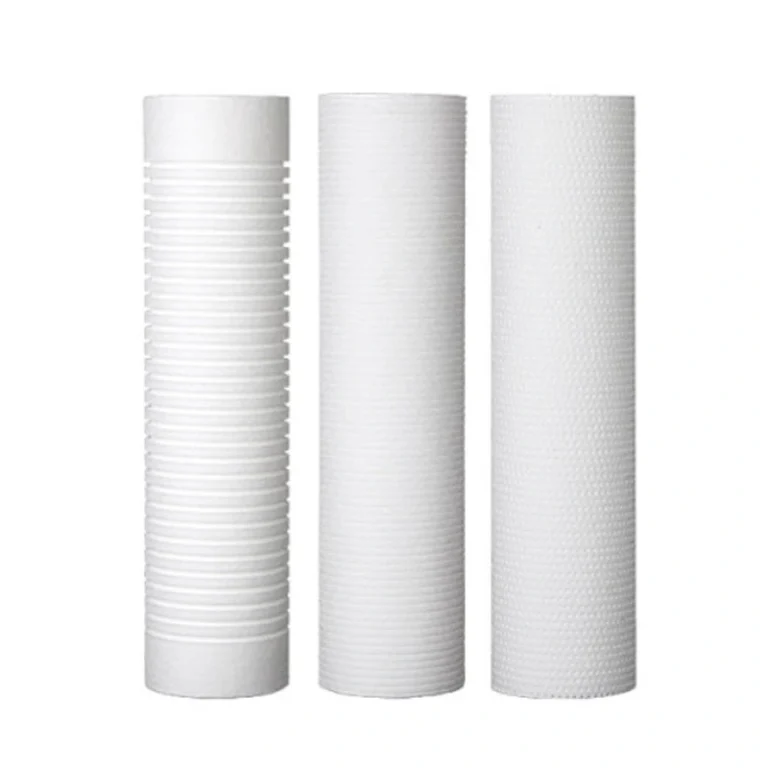
BasideWT 5 Micron 10″x2.5″ Multi-Layer PP Universal Sediment Water Filter Cartridge



